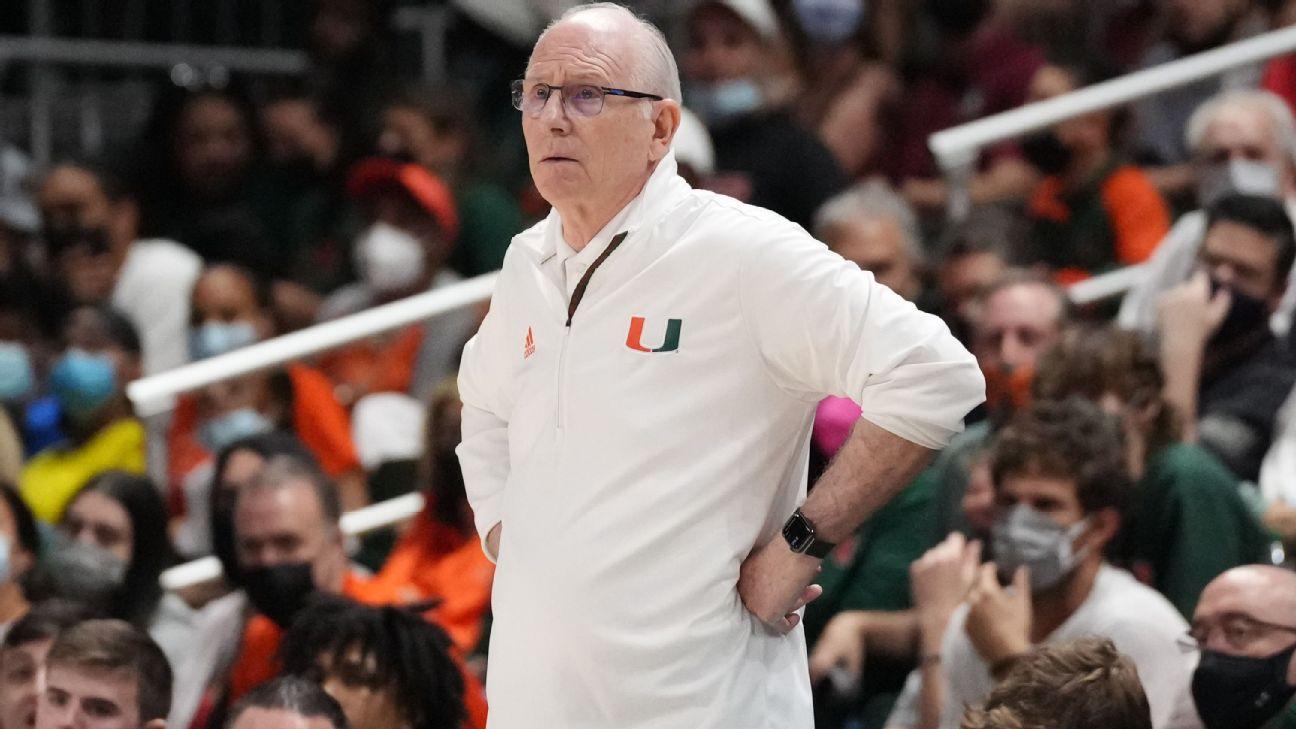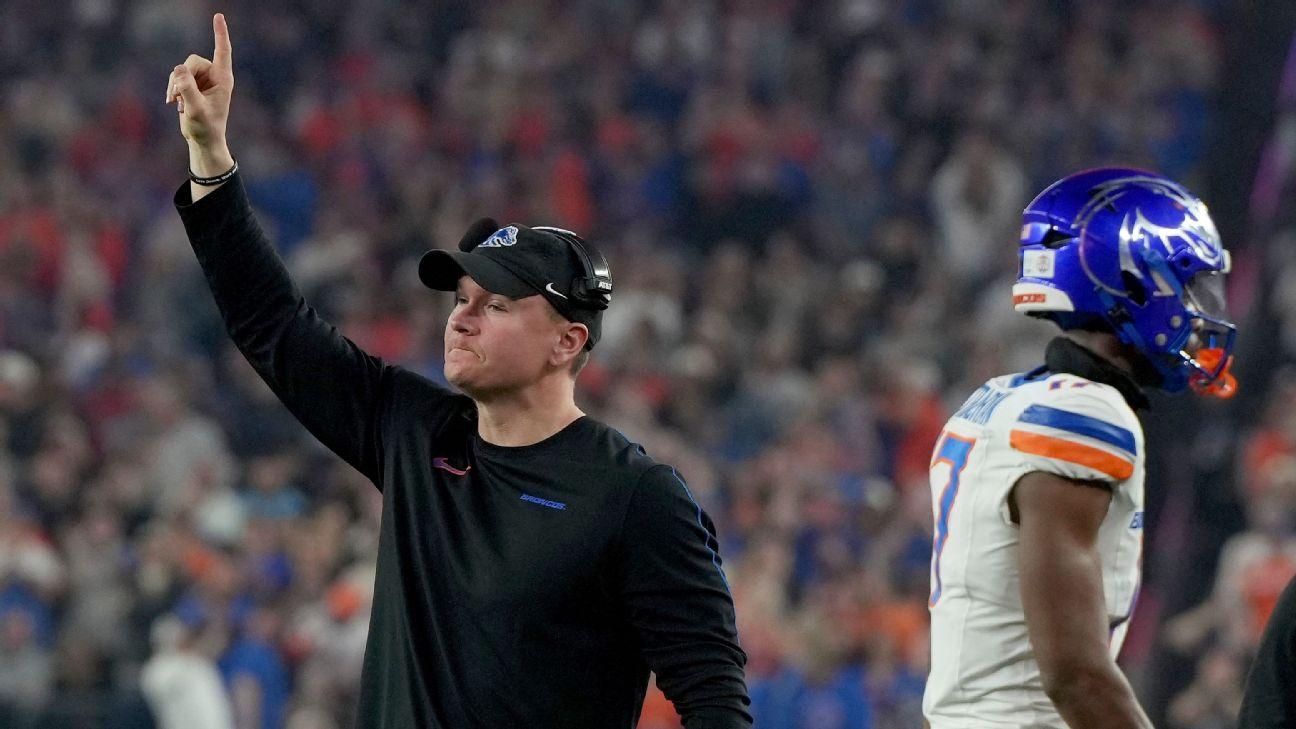Why Wisconsin Democrats are campaigning in places they can’t win
The Today, Explained podcast is taking a deep dive into the major themes of the 2024 election through the lens of seven battleground states. We’ve heard so far from voters in Georgia, Pennsylvania, and Arizona, and this week we turn to Wisconsin, where rural …

Published 2 months ago on Oct 22nd 2024, 7:00 am
By Web Desk

The Today, Explained podcast is taking a deep dive into the major themes of the 2024 election through the lens of seven battleground states. We’ve heard so far from voters in Georgia, Pennsylvania, and Arizona, and this week we turn to Wisconsin, where rural voters could make the difference.
With less than a month until Election Day, Wisconsin Democrats are pouring time and energy into parts of the state they routinely lose by double digits in the hope of reaching the rural voters who went solidly for Donald Trump in the last two presidential elections. All signs indicate that these voters will do so again, but that hasn’t stopped Democrats from campaigning fiercely in rural districts to claw back as many voters as they can.
According to Rob Mentzer, the rural communities reporter for Wisconsin Public Radio, Democrats are clear-eyed about the fact that they almost certainly won’t win in rural parts of Wisconsin. By narrowing the margins, though, they hope to “lose by less” — and thus win statewide.
If that tactic succeeds, it would be a big deal. Though Wisconsin was long a progressive stronghold, a wave of Republican support in the early 2000s transformed it from part of Democrats’ Midwestern “blue wall” into a battleground state often decided by razor-thin margins.
In 2020, Biden won the state by just over half a percentage point, thanks in large part to high turnout in Madison, Milwaukee, and other cities. If Harris and incumbent Democratic Sen. Tammy Baldwin, who is up for reelection, can make gains with rural voters this time, it would expand their path to victory in the state.
Today, Explained host Sean Rameswaram spoke with Mentzer about what he’s hearing from rural voters in north-central Wisconsin as Democrats make a play for their support.
Below is an excerpt of their conversation, edited for length and clarity. There’s much more in the full podcast, so listen to Today, Explained wherever you get your podcasts, including Apple Podcasts, Google Podcasts, and Spotify.
Sean Rameswaram
Can we just talk really quickly about what Wisconsin looked like, I don’t know, before Donald Trump? It used to be a progressive place, right?
Rob Mentzer
Wisconsin has a very long history of progressive politics. From the turn of the 20th century, it was actually one of the birthplaces of the progressive movement. Robert La Follette was a populist governor, later US senator. He was beloved by the state’s farmers, by rural areas. And you can draw a straight line from that progressive movement in Wisconsin to a lot of the New Deal legislation and into modern progressivism, for sure.
Sean Rameswaram
And what changed? Is it as simple as Donald Trump or is there more to that story?
Rob Mentzer
I think that it goes back a little bit further than that. So in 2010, there was a massive wave election for Republicans. And one of the Republicans elected that year was Scott Walker, who became Wisconsin’s governor. Some people will recall the first thing he did in office was to introduce a bill that essentially removed collective bargaining rights from most public unions — teachers, government workers. And there was a huge backlash to this. There were weeks of protests in the state capital. But Republicans won that battle. And then, because 2010 was a redistricting year, they used their trifecta power to entrench those majorities in the legislature. Walker survived a recall election in 2012. He won reelection in 2014. And that gets us to the Trump era in 2016.
Hillary Clinton famously did not visit Wisconsin during the 2016 campaign. And she did not win Wisconsin on election night in 2016.
Now, the reasons for that are complicated. But I think that manufacturing really is a big part of it. It’s one of the absolute pillars of Wisconsin’s economy. There are a lot of rural communities where a paper mill or a window and door manufacturer, a Harley Davidson plant, are the biggest employers. They provide the most jobs. And there was a real and a long-term decline in that share of manufacturing jobs in Wisconsin that you can trace as far back as the 1970s all the way into the 2010s.
Some people absolutely blamed NAFTA for that or other free-trade agreements. Those were things that President Bill Clinton had signed into law, was an advocate for, and Hillary Clinton was associated with, while Trump was vocally against.
Also, in the 2010s, we saw a lot of consolidation of dairy farms, a lot of closures of smaller farms. And I think that those things were part of the change in rural areas that voters reacted to.
Sean Rameswaram
Is that how Biden flips it back in 2020? Because he’s got that Obama affiliation and he doesn’t have that NAFTA affiliation?
Rob Mentzer
In a word, no.
Sean Rameswaram
Rob Mentzer
The election in 2020 looked a lot like the election in 2016 in Wisconsin. The rural vote came out for Trump in huge numbers. Bigger than 2016. The only thing is that the vote in Madison and in other Democratic strongholds was a little bigger. Democrats gained ground in the suburbs in Wisconsin in 2020, and it put Biden over the top by about 20,000 votes in Wisconsin, which was enough, but which was less than 1 percent. But the sort of rural base of Trump voters, they absolutely turned out.
Sean Rameswaram
Okay. So let’s talk about where that leaves us this year, in 2024, in just a few weeks now. It sounded like you were saying you’d expect Wisconsin to go for Trump again from your vista, is that right?
Rob Mentzer
Well, I’d certainly expect that the part of the state that I live in to go for Trump again. There’s no question about that, I don’t think. It is worth saying that Democrats this year have put a lot of money and resources and volunteer time into rural Wisconsin.
Sean Rameswaram
And what are Democrats doing to sort of shift the narrative in rural communities in Wisconsin, Rob? What are they doing to mobilize Democrats and to make new Democrats in these communities where you’ve been hanging out?
Rob Mentzer
Democrats have opened something like 50 field offices around the state, including more than 30 in counties that Trump won in 2020. They are out knocking on doors and doing direct mail and all the other sort of campaign outreach tactics, including a lot more in-person work than was the case four years ago.
We’ve also seen how Kamala Harris is trying to reach out to Republican voters directly. This month, she campaigned with Liz Cheney, a former member of House Republican leadership. They did that event in Ripon, Wisconsin, which is where the Republican Party was born in the 19th century. And it was explicitly understood as a way to reach out to voters who consider themselves Republican but may be open to voting for Harris.
And then there’s Harris’s vice presidential choice. Tim Walz talks about having rural roots, growing up on a farm in Nebraska. And he just sort of comes off as a rural guy. I passed on a highway in central Wisconsin one of those giant yard signs that said “Harris 2024,” and someone had spray-painted “Tim Walz for VP” underneath it, I guess as a way to emphasize he’s also part of the ticket. And I do hear from people in rural areas in Wisconsin who feel like they connect with Tim Walz, a hunter. He wears a camo cap and [he’s a] small-town football coach.
And then one other factor this year is that for the first time in more than a decade, Wisconsin has new voting maps that actually do give Democrats a chance of taking back a majority in at least one house of the state legislature. I think that for sure has brought some new attention and additional energy to Democratic organizing on the local level.
Sean Rameswaram
So do you think it could work? Do you think Democrats could win back rural voters in Wisconsin?
Rob Mentzer
Well, they could win back some of the rural voters, maybe. The Democrats I talked to, their goal is to lose by less in these rural areas. So one of those, Jim Davis, said that they’re not even remotely thinking that they’re going to get over 50 percent in Taylor County. And so if they can get to 35 percent in areas where maybe they’re lucky to scrape 25 percent, that can really make a difference in a state as close as Wisconsin.
Advertisement

10 people injured in New York City shooting incident: police
- 4 hours ago

Sources: Miami's Larranaga in talks to step down
- 6 hours ago

Govt appoints Shafqat Ali Khan as new FO Spokesperson
- 2 hours ago

Turkish group bids below minimum fee for Islamabad Airport operations
- 2 hours ago

Boise St. coach's message to all: 'Watch the film'
- 6 hours ago

PTI to present charter of demands in third round of govt talks
- 2 hours ago
You May Like
Trending














